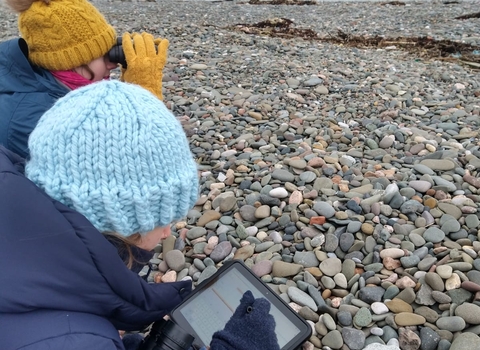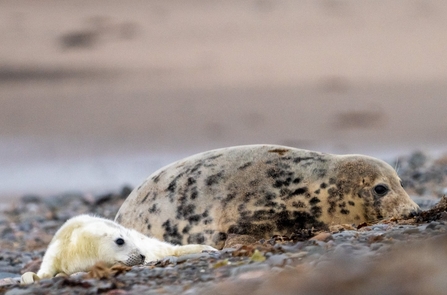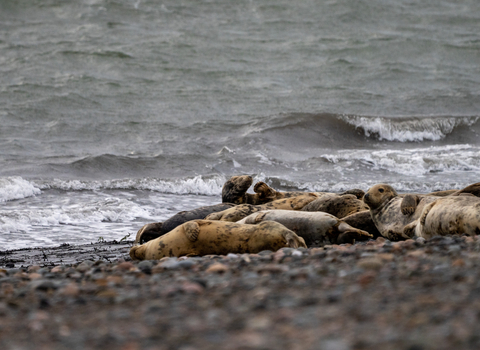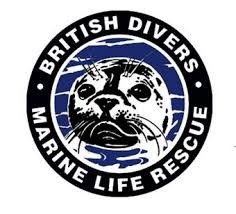Best times to watch seal cam
At low tide the seals haul out in large numbers on ‘the spit’ at the end of the reserve. However, they don’t always haul out in the same place so sometimes the camera may not be pointing directly at them. At high tide, most of the seals are likely to be in the water as there is a limited amount of beach exposed at high tide.
The seals will swim off to forage and to travel between areas. This could be close in to the shore around the reserve, in which case you may see them swimming past the camera or it could be in the wider area or across the Irish Sea.
We will try to make sure that the seal cam is directed towards the area where the seals are as much as possible. However, seals like other wildlife are somewhat unpredictable in their distribution and occurrence.
Grey seals at South Walney Nature Reserve. CWT have special permission to fly a drone at the reserve as part of the seal surveys. Credit: Georgia de Jong Cleyndert.
South Walney Nature Reserve, Walney Island, Cumbria
This is the main haul out site for grey seals in the North West of England. Seals can be spotted in the water around the reserve (usually at high tide), however, there is no access to the protected beaches on the reserve to see the seals.

Seal surveying
We have been monitoring the seals on the protected beaches at South Walney for the past few decades. In the 1980s grey seals were seen most commonly alone or in pairs. Gradually over time the number of seals using 'the spit' on the island has increased, with a now year-round population of grey seals present on the reserve. During the winter it is common for more than 300 individuals to be hauled-out on the reserve.

Breeding success
The colony at South Walney has previously been a non-breeding colony and the seals found here were typically older bulls no longer able to control a harem on the breeding beaches and younger, sexually immature males and females.
However, in 2015 two fluffy white pups made history as the first grey seal pups to be born on this remote Irish Sea island. Since then the number of pups born has been increasing year-on-year and the island now hosts an active breeding colony!
Seals are wild animals, they are likely to bite when threatened and they are also incredibly vulnerable to disturbance. It is important to keep a safe distance and keep dogs away.
Senior Marine Conservation Officer
Please help protect our seals - keep your distance
There is strictly no public access to the beaches on South Walney Nature Reserve for their safety and yours. Disturbance to seals during the pupping season can cause mothers to abandon their pups and starve. Help us protect our seals by keeping off the beaches on the reserve.
If you see a seal on any beach, watch from a distance and do not approach it. It is more than likely that it is just resting and digesting food before returning to the sea to hunt. Grey seals spend about a third of their time out of the water, it is part of their normal behaviour.
Chasing seals back into the sea is stopping them from what they need to do. Seals are wild animals and capable of swimming and moving on land when they need to. They are not constrained to the bound of a nature reserve, they simply choose to rest there most of the time as there is no public access and so limited disturbance. Healthy seals should be left well alone.
However, if you see a seal that you think may be sick (visibly underweight, coughing, sneezing, mucus coming out of their nose or eyes) or injured, please call the British Divers Marine Life Rescue for advice: 01825 765546 (office hours) or 07787 433412 (out of hours). You will receive further advice over the phone and you may be asked to keep pets and other people away from the animal.
They can also call one of their local Marine Mammal Medics for assistance if necessary.


